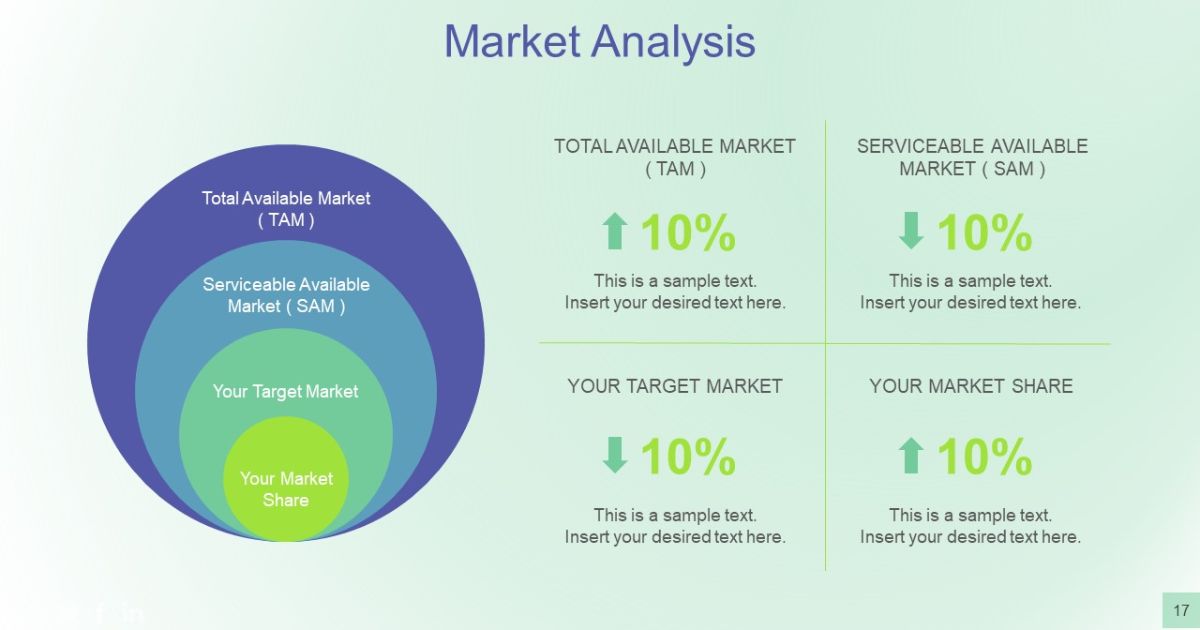In the vast landscape of business planning, two documents stand as beacons of guidance and clarity, illuminating the path towards success. The executive summary and financial projections serve as the cornerstone of any comprehensive business plan, encapsulating the essence of a company’s vision, strategy, and financial viability. These succinct yet powerful documents provide valuable insights into the market analysis, company overview, and strategic initiatives, offering a roadmap for potential investors and stakeholders alike. Join us as we uncover the significance of these two documents in unraveling the enigma of a company’s business plan.
Key Takeaways
- Executive Summary provides a concise overview of the business plan and highlights key objectives and strategies.
- Market Analysis includes information on target market demographics, current and future market trends, and analyzes the competitive landscape.
- Company Overview introduces the business and its unique selling proposition, includes company history and key personnel, and outlines the company structure and hierarchy.
- Financial Projections analyze the company’s financial performance and forecast anticipated revenue, costs of goods sold, operating expenses, and summarize the profit and loss statement.
Executive Summary
The Executive Summary provides a concise overview of the company’s business plan, highlighting key objectives and strategies. It serves as a snapshot of the entire business plan, allowing readers to quickly grasp the purpose and direction of the company. The Executive Summary includes a brief description of the company’s mission and vision, outlining the core values and guiding principles that drive its operations.
It also outlines the company’s market positioning and target audience, providing a clear understanding of the competitive landscape and market opportunities. Furthermore, the Executive Summary briefly discusses the company’s financial projections and growth strategies, giving investors and stakeholders an insight into the potential returns on investment.
By presenting a comprehensive summary of the business plan, the Executive Summary sets the stage for the subsequent section on market analysis, where a deeper examination of the market and industry trends will be explored.
Market Analysis
The Market Analysis provides a comprehensive overview of the target market, including key demographics, trends, and competitive landscape. It is a crucial section of the business plan as it helps the company understand the market dynamics and identify opportunities for growth. Here are the key elements of a market analysis:
- Demographics: This includes information about the target market’s age, gender, income level, education, and other relevant factors. Understanding these demographics helps the company tailor its products or services to meet their specific needs.
- Market Trends: This section highlights the current and future trends in the market, such as technological advancements, consumer preferences, and industry regulations. It helps the company anticipate changes in the market and adjust its strategies accordingly.
- Competitive Landscape: This involves analyzing the company’s direct and indirect competitors, their market share, pricing strategies, and strengths and weaknesses. It helps the company identify its competitive advantage and develop strategies to differentiate itself from competitors.
- Market Size and Growth Potential: This section provides an estimate of the market size and its growth potential. It helps the company assess the market’s attractiveness and potential for revenue growth.
Company Overview
With a focus on key elements such as demographics, market trends, and competitive landscape, the market analysis section provides valuable insights that help guide a company’s growth strategies. However, before delving into the specifics of the market, it is essential to provide a comprehensive company overview.
This section serves as an introduction to the business and highlights its unique selling proposition. It typically includes information about the company’s history, mission statement, vision, values, and key personnel. To provide a visual representation of the company’s structure and hierarchy, the following table outlines the key executives and their respective roles:
| Executive | Role |
|---|---|
| CEO | Strategic decision-making |
| CFO | Financial management |
| CMO | Marketing and branding |
| COO | Operations and logistics |
Financial Projections
To gain insights into the company’s future profitability, the financial projections section provides a comprehensive analysis of the company’s financial performance and forecasts. This section plays a crucial role in assessing the company’s viability and attracting potential investors. Here are four key items that are typically included in the financial projections:
- Sales Forecast: This projects the company’s anticipated revenue based on market trends, customer demand, and competitive analysis.
- Cost of Goods Sold (COGS) Projection: This estimates the direct costs associated with producing or delivering the company’s products or services.
- Operating Expenses Projection: This outlines the anticipated expenses for running the business, including salaries, marketing costs, rent, utilities, and other overhead expenses.
- Profit and Loss (P&L) Statement: This summarizes the company’s revenue, expenses, and net profit or loss over a specific period, providing a clear picture of its financial health.
Strategic Initiatives
Strategic initiatives are key actions taken by an organization to achieve its long-term goals and objectives, often involving significant changes in processes, systems, or market positioning. These initiatives are crucial for the success of a company as they drive growth, innovation, and competitive advantage. They require careful planning, execution, and monitoring to ensure their effectiveness.
Strategic initiatives can encompass a wide range of activities, such as entering new markets, developing new products, implementing new technologies, or restructuring operations. They are typically aligned with the overall business strategy and can have a profound impact on the organization’s future success. By taking bold and strategic actions, companies can position themselves for long-term success and create a sense of belonging among employees who contribute to these initiatives.
| Benefits of Strategic Initiatives | Emotional Response |
|---|---|
| Increased market share | Excitement |
| Improved customer satisfaction | Satisfaction |
| Enhanced employee engagement | Motivation |
| Competitive advantage | Confidence |
Frequently Asked Questions
What Is the Company’s Mission Statement?
The mission statement outlines the company’s purpose, goals, and values. It provides a clear direction for the organization and serves as a guiding principle for decision-making and strategy development.
What Are the Target Customers or Market Segments for the Company’s Products or Services?
The target customers or market segments for a company’s products or services are determined by analyzing factors such as demographics, psychographics, and market trends. This information is crucial in developing effective marketing strategies and ensuring business growth.
What Are the Competitive Advantages or Unique Selling Points of the Company?
The competitive advantages or unique selling points of a company are the key factors that set it apart from its competitors and attract customers. These advantages can include superior product quality, cost leadership, strong brand reputation, innovative technology, or exceptional customer service.
What Are the Key Risks or Challenges That the Company May Face in the Market?
The key risks or challenges that a company may face in the market include competition, economic downturns, changes in consumer preferences, regulatory changes, and technological advancements. These factors can impact the company’s growth and profitability.
What Are the Specific Marketing and Sales Strategies That the Company Will Employ to Reach Its Target Audience?
The specific marketing and sales strategies that a company will employ to reach its target audience are an essential part of its business plan. These strategies outline the tactics and approaches that will be used to promote and sell products or services.
Conclusion
In conclusion, the two documents that effectively summarize the business plan of a company are the Executive Summary and the Financial Projections. These documents provide a concise and detailed overview of the company’s goals, strategies, and financial forecasts. Like brushstrokes on a canvas, these summaries paint a vivid picture of the company’s vision and potential, captivating the audience with their analytical and strategic insights.









